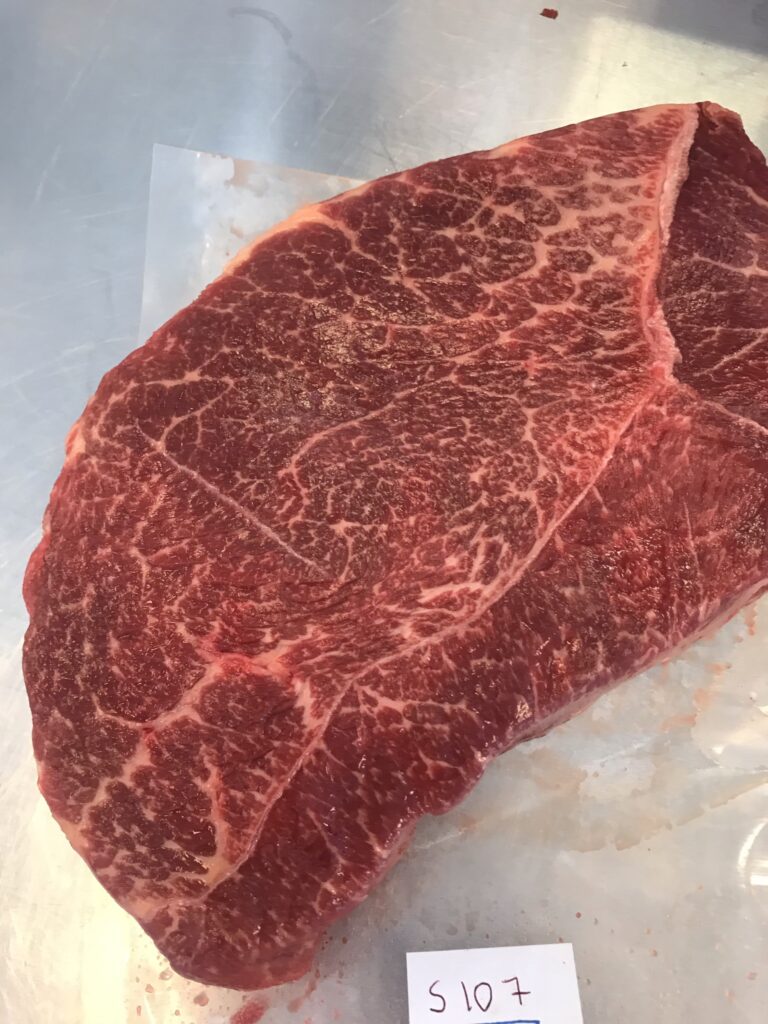The aim was to investigate whether it would be possible to increase the usefulness of dairy cows by seaweed feeding and to examine the chemical content and quality of the milk. Also whether it would be possible to use seaweed as a mineral source, for example for organic feed that could lead to a new product such as high-fat milk and therefore encourage innovation in
cattle breeding. The results showed that seaweed administration could have a positive effect
on milk production as the groups receiving seaweed showed a slight increase in milk production compared to the control group,
but the change was not significant. The results of the collection samples showed that the trace composition changed. Seaweed supplementation could be, for example
an interesting option for farmers who are interested in or already engaged
organic production but interest in organic farming is increasing among cattle breeders.
Author: admin
Health authorities around the world recommend reducing the use of salt in processed foods to reduce the risk of high blood pressure. As salt has a significant effect on taste, there is a risk that less salt consumption will reduce taste and that processing properties may change. Large algae are rich in metals such as sodium, potassium and magnesium which give a salty taste. In addition, they contain a lot of flavor enhancers that can change the taste properties of food. Some species have these properties, while others need to be processed to release potential flavors such as proteins, amino acids and reducing sugars. The aim of this project was to develop valuable healthy flavors from large algae, produced using innovative biotechnological methods, among other things to reduce the use of salt in food processing. The project focused on processing flavorings from seaweed (Ascophyllum nodosum) and gillnets (Saccharina latissima) but these species grow in large numbers near Iceland. Biotechnological methods were used to process flavors, including the use of enzymes developed at Matís. The flavors were tested with e-tongue, e-nose and taste buds from the tongue, as well as sensory evaluation and chemical measurements. Selected flavors were used to test in saltier and tastier foods. The results of the project are promising, but further testing and adaptation of processing processes are needed, including an upscaling of the enzyme's production.
View report
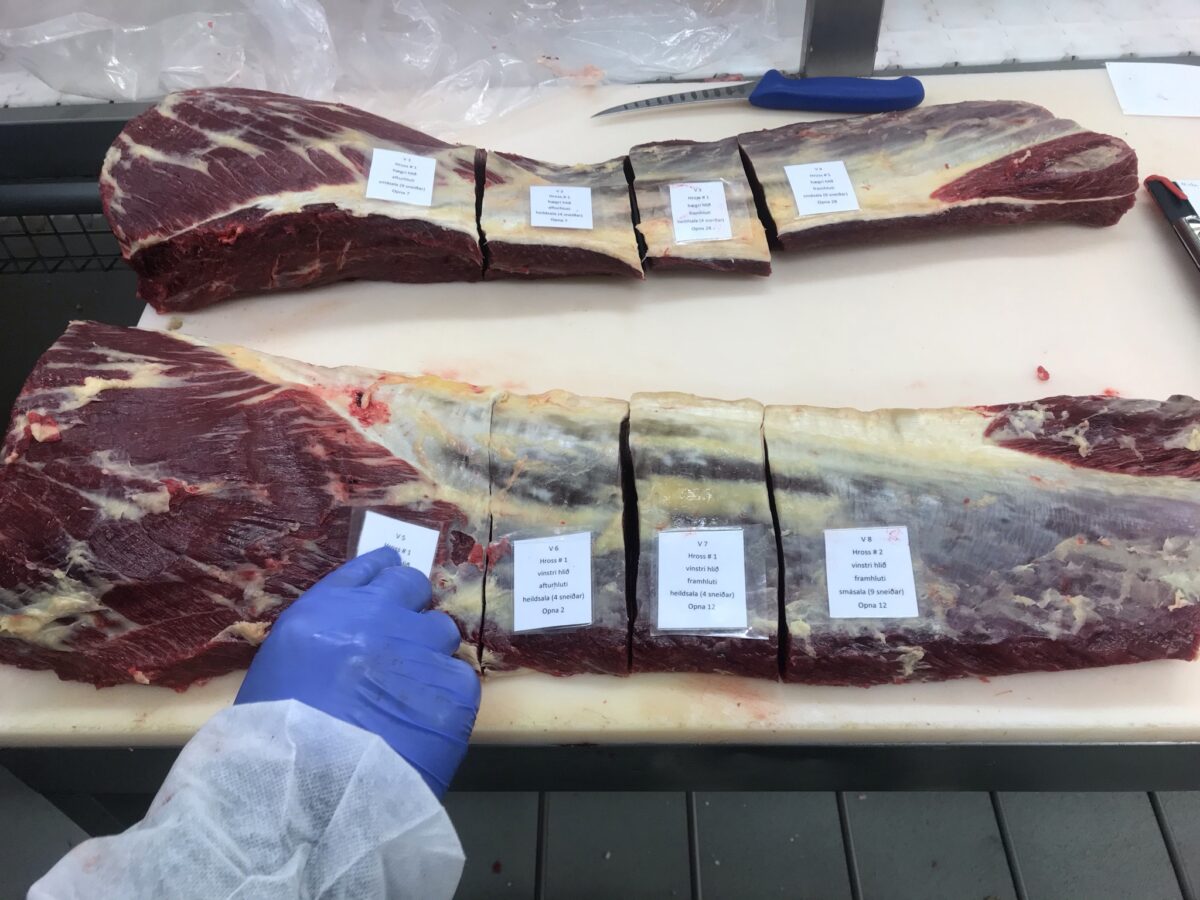
Horse and foal meat has many good qualities, but is a little known consumer product in the world. The nutritional value of the meat is good, it is lean and at a relatively low price compared to other meats. Research on horse and foal meat has been deficient over the years, but Eva Margrét Jónudóttir and other experts at Matís have worked diligently to improve it in recent years.
This summer, Eva Margrét's last project, a specialist at Matís, completed horsemeat, but she has in recent years conducted various research in that field. In connection with her BS degree in agricultural sciences at the Agricultural University of Hvanneyri, her interest in this work was sparked and her final project dealt with the attitudes and buying behavior of Icelandic consumers of horsemeat. Subsequently, she pursued a master's degree in food science at the University of Iceland in parallel with her work at Matís, where her main research topics were the quality and properties of horsemeat. We talked to Eva Margrét about the projects she has done in this field, their origin and her ongoing work in the field of food research.
What was the original purpose of your research?
"I had long wondered that the people I met were rather indifferent to horsemeat, but I myself was raised with home-slaughtered horsemeat and thought it was tasty and wonderful. I wanted to study horsemeat and draw attention to it, but had difficulty finding guidelines for such research. I was then pointed out to Guðjón Þorkelsson, who applied for and received funding for the projects in the Productivity Fund and Kolbrúna Sveinsdóttir, experts at Matís, and they were there for the fight, "says Eva Margét.

"In the previous study I did, the goal was to submit proposals to improve the position of horsemeat in the domestic market. This was done by analyzing the attitudes and buying behavior of Icelandic consumers of horsemeat, discussing with stakeholders the status of horsemeat in the country and examining the actual state of knowledge in this field at that time. The purpose of subsequent research was to obtain and disseminate information that supports and paves the way for marketing and sales of horsemeat, "explains Eva Margrét.
The purpose was also to show that horsemeat is of high quality, has a full mission in the market as a luxury product and that its shelf life can be extended considerably with shorter processing processes, better packaging and more cooling. It all worked out.
Surprising results
Initially, it was planned to get 400 answers to a questionnaire that was posted online in the previous study. A total of 850 responses were received, which immediately gave the idea that consumers were interested in the material.
The main results were that most of the participants in the study were really positive and welcomed the discussion about horsemeat, but the public's knowledge of its quality and treatment could be increased. They showed that 96% participants had tasted horse and / or foal meat, but those who had not tasted were not interested, either because they did not eat meat over their heads or because they felt like eating the dog. time and considered it wrong for emotional reasons. Most people considered horsemeat and foal meat to be a clean and environmentally friendly food, free of antibiotics and contaminants. It also became clear that people from all over the country did not think horse and foal meat was prominent enough and visible in shops.
The results of the latter studies showed in black and white that horsemeat is a quality product that can be maintained in good condition for a long time if it is handled correctly. Chemical measurements were performed confirming that foal meat is nutritious and the total number of micro-organisms after 15 days of storage at 2-4 ° C was below the limit values which confirmed good production methods and safety for consumption. The foal meat was tender and the taste and desire smell was generally not or not very measurable.
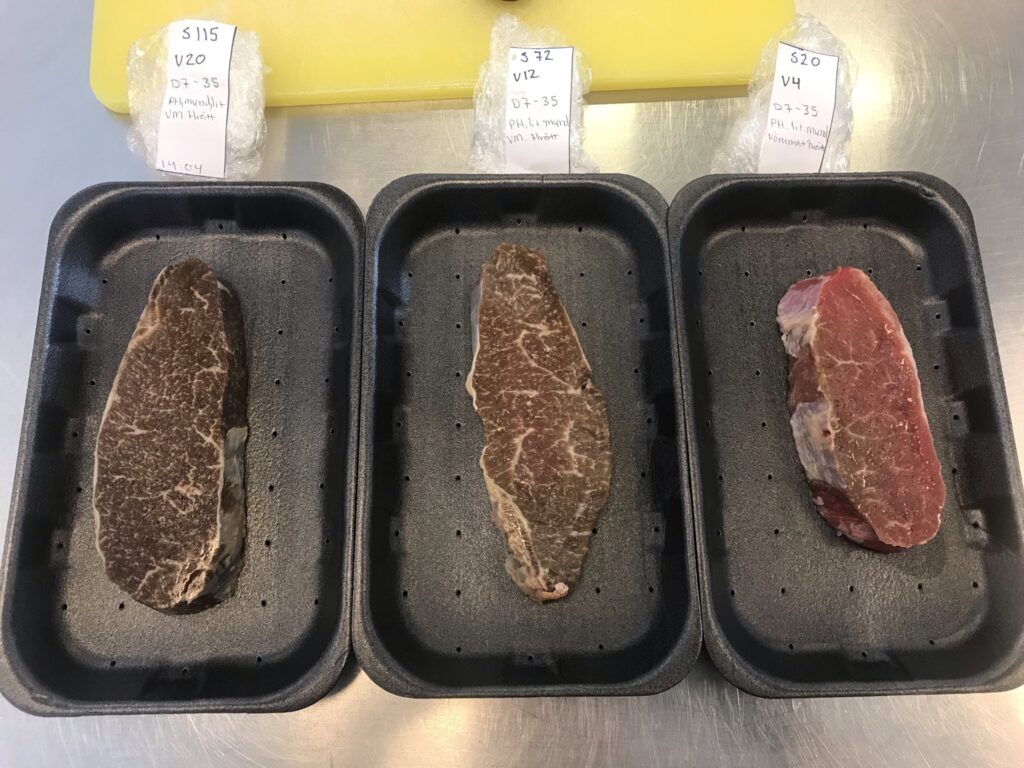
The results of experiments on shelf life exceeded expectations for wholesale packaged vertebral muscles as no changes were measured after 28 days at -1.5 ° C compared to the stated 2-3 weeks shelf life at 4 ° C. This was possible by lowering the temperature by 3-4 ° C, blocking light and limiting access to oxygen. Experiments with retail packages such as foam plastic trays with plastic film over as is common in meat tables did not work as well, but the number of days in wholesale did not affect the shelf life of retail in this case as there were no damage during the wholesale storage period and the meat quality was very constant.
The results of the study as a whole showed that horsemeat should have good potential on the market and it is hoped that it will be useful in preparing guidelines in this regard. They could lead to improved work processes that increase the shelf life of products and thus prevent unnecessary waste of horsemeat.
Eva Margrét hopes that over time, people will start to see horsemeat as a limited resource and not as a surplus of something else.
What have been the effects of this research and what are the future prospects for horsemeat in the Icelandic market?
"There was a lot of interest in this topic first when we were starting the research and we got coverage in the various media. I went to a variety of interviews and people along the way were endlessly asking about this research, what was in the news and how it was going. But after we finished the projects, the discussion has calmed down, "says Eva Margrét.
"I have no follow-up projects on my cards yet, but I still hope that in the future I will be involved in more horsemeat research or some kind of product development project in connection with horsemeat. There is still so much to take in and many untapped opportunities there.
As for the future, we have one more idea for a project that did not receive funding in the last experiment, and it was called "Horse meat - cooking and value added". In short, it was about promoting horsemeat as a quality food product for restaurants, canteens and general consumers in collaboration with stakeholders through open horsemeat events, experiments on the various versions of cooking and the preparation of promotional material for publication. Here one would have to keep going and not give up. There is a lack of a website about horse products where you can find research on horsemeat, nutritional value, cooking instructions, recipes, meat cuts, bits of information or fragments from the history of horsemeat, storage instructions, etc. all in one place. This could even be an improved version of The Icelandic meat book which is a fairly good foundation to build on, "says Eva Margrét.
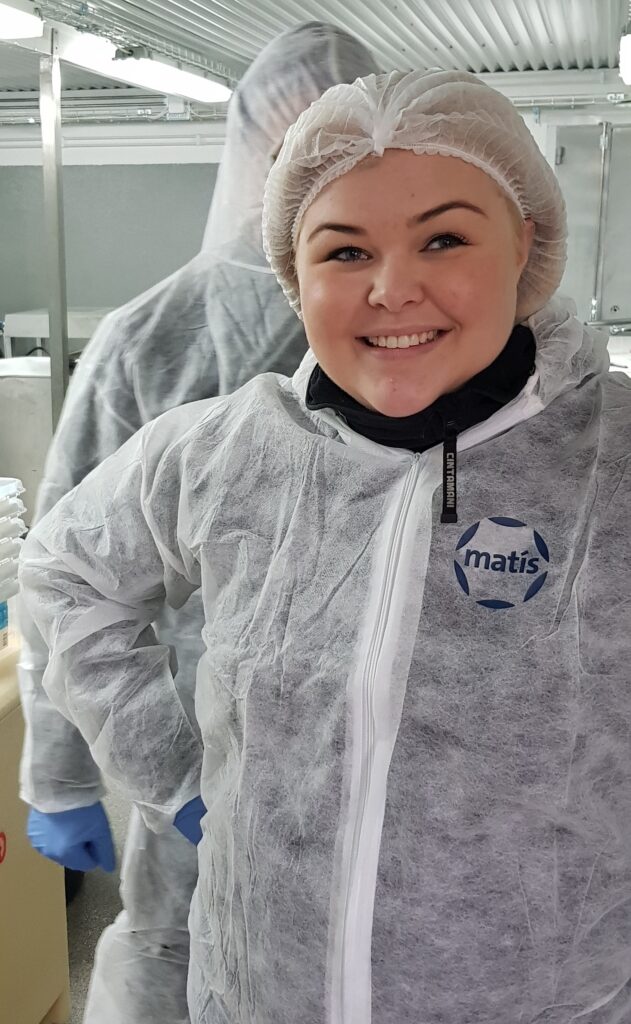
"It is also my distant dream to one day, together in a book or web magazine, take everything between heaven and earth that concerns the consumption of horsemeat and the utilization of the Icelandic horse. Both on a theoretical basis from the point of view of a food scientist but also in a historical or more creative way. "
Trivia and live footage from Eva Margrét's project work and research on horsemeat can be found on Matís' Instagram page here: Instagram.com/matis.
Projects such as the horsemeat projects in question are carried out in various areas at Matís but fall under the service category meat. If you are interested in getting to know more about research and innovation when it comes to meat processing and production, you can watch a presentation of the material here: Emphasis: Meat production and meat processing - research and innovation.
In the next few days there will also be a new episode of Matvælinu, Matís' broadcast on research and innovation in food production. Eva Margrét will talk about her horsemeat research as well as other projects she has worked on and put these issues in context with fun experiences and bits of information.
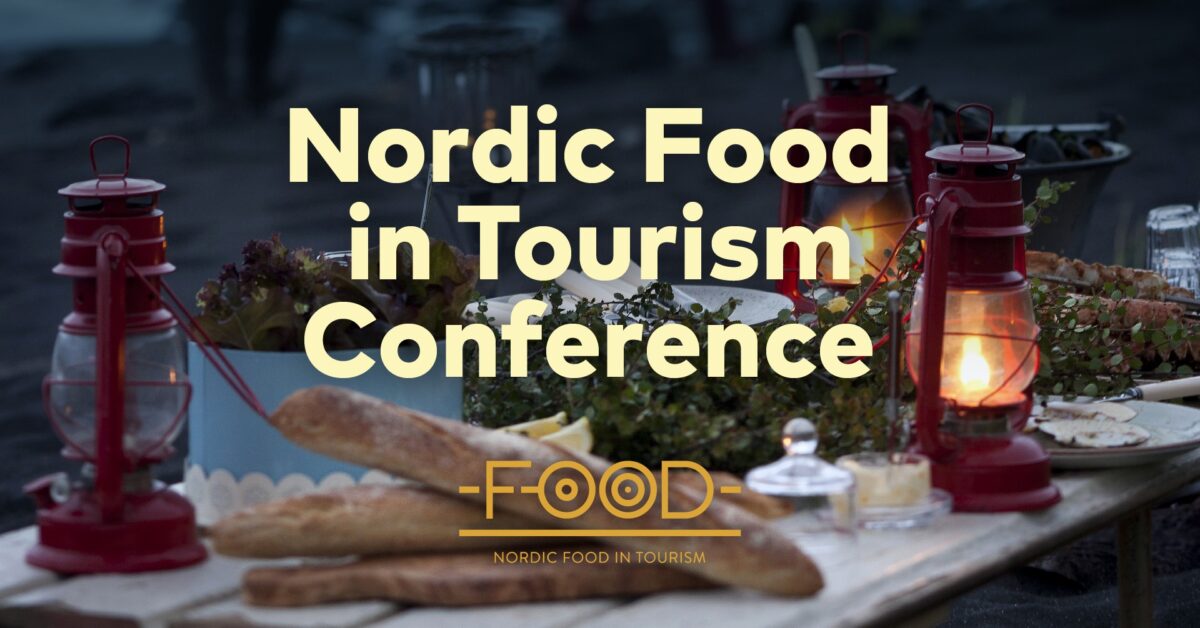
On 30 September, Nordic Food in Tourism will hold a Nordic conference at Hótel Valaskjálf and present the results of three years of mapping the status of Nordic cuisine and the future of sustainable food tourism. The conference will be held in English and will also be accessible electronically on Zoom. Here you can register for the conference.
Agenda - Lectures in alphabetical order:
Afton Halloran, PhD Independent Consultant in Sustainable Food Systems Transitions
Communicating the impacts of climate change in Nordic Food Systems
__
Bård Jervan, Senior partner and founder of MIMIR AS and co-founder of BeSmart Nordics AS
The new National Tourism Strategy for Norway, and how food experiences are part of it
__
Birna G. Ásbjörnsdóttir, M.Sc. in Nutritional Medicine
Food and nutrition as medicine - changes ahead
__
Brynja Laxdal M.Sc. Nordic food in Tourism
Nordic food in Tourism, project, and results 2019-2021
__
Daniel Byström, Industrial Designer and Founder of the Swedish design agency, Design Nation
Visitor Journey and design thinking
__
Erik Wolf, founder of the food travel trade industry, and Founder and Executive Director of the World Food Travel Association
The future of Food Tourism
__
Jonatan Leer, PhD, Head of Food and Tourism Research University College Absalon, Roskilde Denmark
Sustainable Food Tourism in the Nordic Region: examples, definitions and challenges
__
Sara Roversi, Founder of Future Food Network and Director at Future Food Institute
How will food tech shape the future of food?
__
Þórhallur Ingi Halldórsson, Professor, Faculty of Food Science and Nutrition, University of Iceland
Towards sustainable diets: Facts, obstacles, and future perspectives
About Nordic Food in Tourism
Nordic Food in Tourism is one of the three Presidency projects of the Nordic Council of Ministers under the auspices of Sustainable Tourism in the North. The Ministry of Industry is leading the project in collaboration with the Icelandic Travel Cluster and Matís. Nordic partners come from Norway, Denmark, Sweden, Greenland, the Faroe Islands, Åland and Finland, as well as an expert group from universities and the business community.
One of the main goals of the project is to realize the changing consumption behavior of travelers and how they choose to access food and products during their travels. Climate change and the changing environmental awareness of visitors to the Nordic countries have a lot to do with changing behavior, and efforts must be made to find out which factors will change or be most affected. Among the products of the project are answers to what foods, production methods and or changed composition of products our future visitors will seek and how we need to develop and improve methods to meet it. Great emphasis is placed on focusing on food in tourism and not only food tourism. Partners in the project will also use the source of knowledge and results that emerge to disseminate and become leaders in sustainability and development when it comes to assessment in tourism.
Here you will find more information about Nordic food in tourism https://nordicfoodintourism.is/
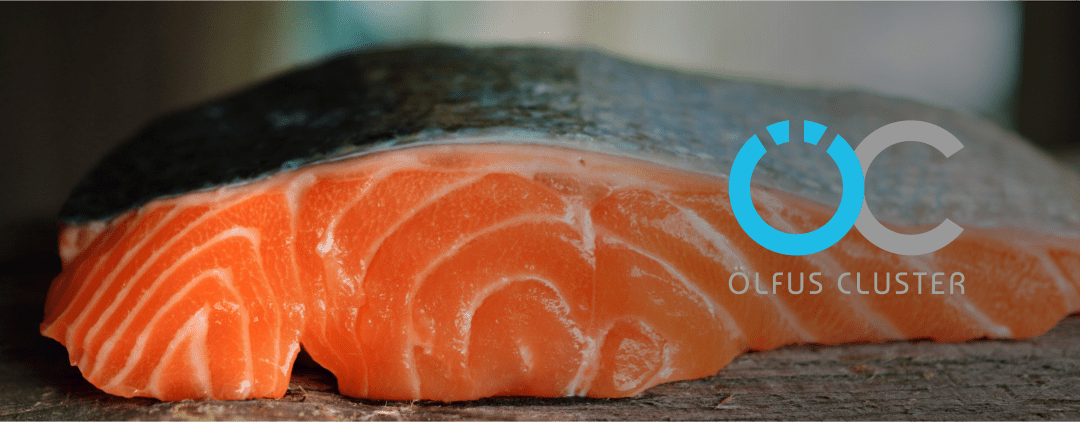
A workshop on salmon farming will be held on October 27 at Ölvus Cluster, Hafnarberg 1, 815 Þorlákshöfn.
The meeting starts at 08:30 and ends at 17:00 the same day.
The workshop subjects:
- Salmon feed: new sources and optimal composition for different environments
- New development in sea- and salmon louse
- Production of large smolts in hatcheries
- Salmon feed will be a very dynamic area of research and development in the future. With feed requirements of salmon growing in extreme environmental conditions, such as low temperature, are not fully understood. Furthermore, technical solution to minimize movements of fish in sea cage during the coldest periods in winter could improve conditions of fish during the coldest months
- Several options already exist for chemically treating salmon lice in sea cages. However, there are two main problems associated with treating lice in such a way. Firstly, there are negative environmental impacts and secondly, lice can and have developed resistance to many of the available chemicals currently being used
- There has been a growing interest in land-based salmon farming under more controlled environment. Large smolt farming is a land-based farming, with longer growing time ashore and shorter in ONP, reducing risk in farming with higher cost. Reducing lead time in sea also enables producers to reduce the spread in biomass throughout the year. This may be one of the most sustainable ways of maximizing utilization of licenses.
The meeting is open to anybody interested in salmon farming. Included are refreshments at the meeting and reception at Lax-inn in Reykjavík after the meeting. The cost is ISL 3,000.
The meeting will be in English, and registrations will be open on the home page soon.

The board
- Gunnar Thordarson, Matís, Isafjordur, Iceland
- Björgolfur Hávardsson, NCE Seafood Innovation Cluster AS Norway
- Gunnvør á Norði and Jóhanna Lava Kötlum, Fiskaaling, Faroe Islands
- Kurt Buchmann, Department of Veterinary and Animal Sciences, University of Copenhagen, Frederiksberg, Denmark
- Niels Henrik Henriksen, The Danish Aquaculture Organization, Aarhus, Denmark
- Mari Virtanen, Finnish Fish Farmers' Association, Helsinki, Finland.
Instituions participating
- Matís ohf. - Gunnar Thordarson (Iceland)
- Björgolfur Hávardsson, NCE Seafood Innovation Cluster AS Norway
- Fiskaaling - Gunnvør á Norði and Jóhanna Lava Kötlum - (Faroe Islands)
- University of Copenhagen, Department of Veterinary and Animal Sciences, Frederiksberg - Kurt Buchmann (Denmark)
- The Danish Aquaculture Organization, Aarhus - Henrik Henriksen (Denmark)
- Finnish Fish Farmers' Association, Helsinki - Mari Virtanen (Finland
- Ölfus Cluster - Páll Marvin Jónsson
The aim of this project was to gather and disseminate information that supports and paves the way for marketing and sales of horsemeat. This was done, on the one hand, by collecting information on the utilization, nutritional value, color and effect of storage in the refrigerator on taste quality, cutting power and southern shrinkage of foal meat, and on the other hand by studying the shelf life of fresh horsemeat to see if it could be extended.
Foal meat was stored in an air-packed container at 2-4 ° C for 14 days where the main nutrients, minerals, vitamins, acid drop and temperature after slaughter, color, surgery, microorganisms, southern shrinkage and deboning were measured. In addition, fatigue, stench and taste were assessed by sensory evaluation on a scale.
The aim of the project was to make an assessment of the quality of Icelandic and imported vegetables in the consumer goods market from autumn and winter. Measurements of antioxidants and antioxidant activity from a previous project funded by the Horticultural Development Fund were also continued. The excellent quality of Icelandic vegetables was revealed in the autumn, but as the winter progressed, shortcomings for some types of vegetables became apparent, which there is reason to work with and promote increased quality in order to strengthen the position of domestic production. Carrots and carrots can be particularly pointed out, but their quality could be improved in winter. Antioxidants were found in all types of vegetables. The significant antioxidant activity of potatoes came as a surprise and their health may be underestimated.
View report
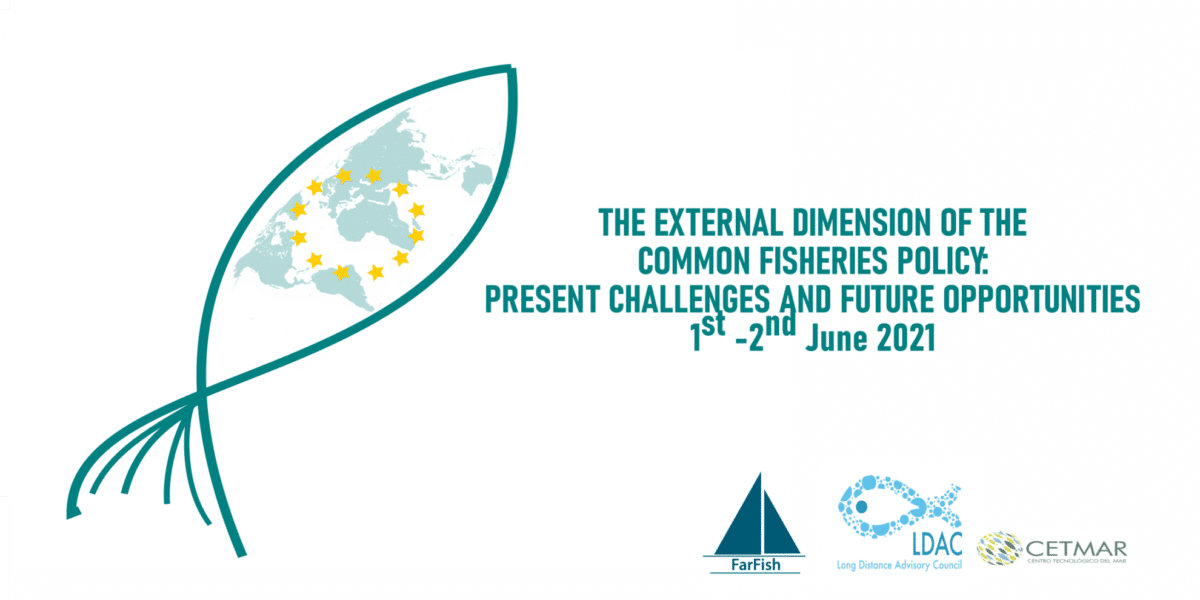
A conference focusing on the external dimension of the common fisheries policy was held within the framework of the FarFish project in early June 2021. The aim of the conference was to review the implementation of the External Dimension of the CFP and to provide recommendations ahead of the next revision of the CFP.
The conference was attended by high-level experts and key stakeholders from the fishing industry and NGO sectors, together with relevant policy makers, scientists and academics, which contributed to discussions on the importance, advantages and challenges of the EU role in international fisheries management and ocean governance.
The conference spanned over two days, with the first day consisting of presentations and panel discussions from high-level experts; and the second day was more in the form of a workshop where different experts and stakeholders “dug deep” into how to improve management under fisheries agreements.
Recordings from the conference are now available on the FarFish website, along with a summary leaflet and main conclusions from day 1 and day 2.
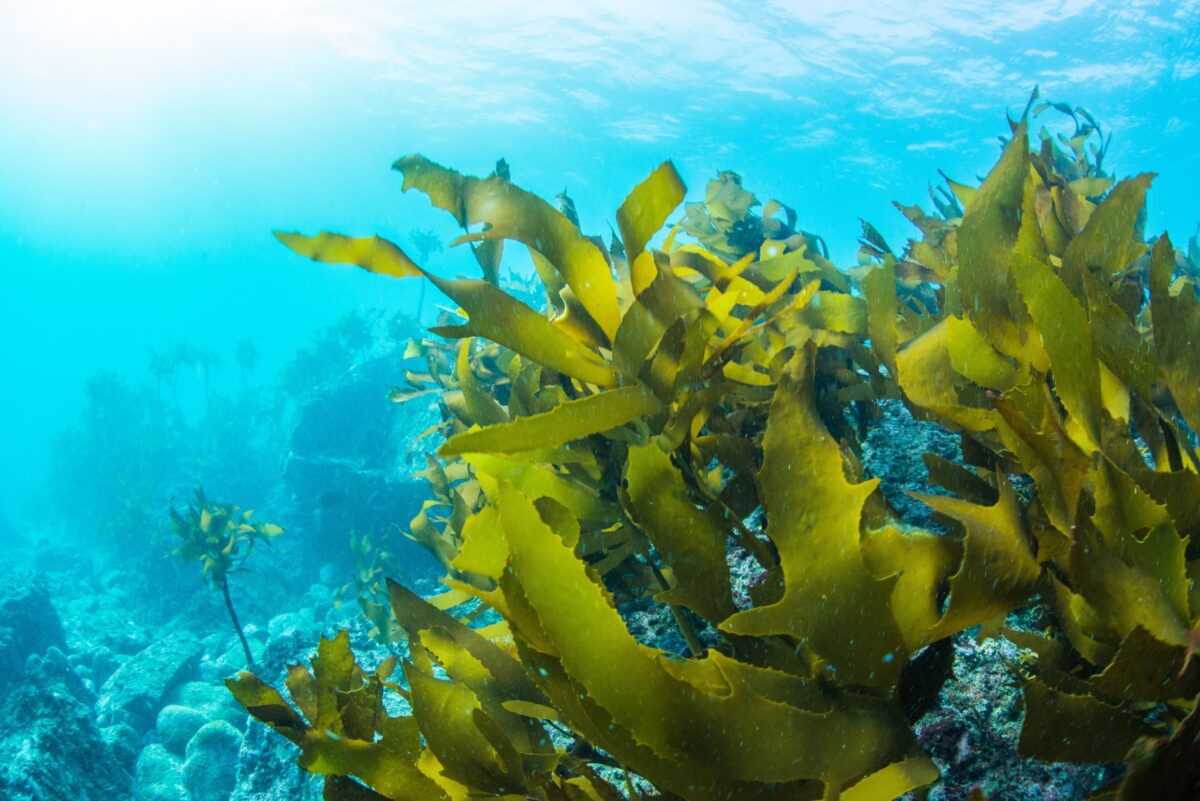
Are you interested in the future of Algae?
Save the date for a joint BlueBio and ERA-NETs SUSFOOD2 event:
Market pathways for sustainable algae
The event will take place online on the 23rd of September 10 AM to 1 PM CEST.
More information on the agenda and registration will be published closer to the date.
Monitoring, control and surveillance (MCS) are challenging in wild capture fisheries and insufficient MCS has resulted in unsustainable fishing practices, data limitations in stock assessment and management, lack of transparency and unfair competitive advantage for those not following the rules. Major expenses and efforts are awarded to MCS, but effectiveness and coverage is generally very limited. There are however a number of emerging and already available technological solutions that can be applied to significantly improve MCS and reduce costs at the same time. These solutions are generally referred to as Electronic Monitoring (EM) or Remote Electronic Monitoring (REM) solutions.
The Nordic countries are generally considered to have well-regulated fisheries and relatively good MCS. The authorities in these countries do however also understand that they need to keep up with new technology and use them when applicable to improve their fisheries. Denmark, Norway and Iceland have for example been awarding increasing attention to REM in recent years. As part of that work, the Nordic Council's Working Group for Fisheries (AG-Fisk) funded a networking project in 2019 that was to facilitate a conference on REM, where experts in the field would present information on current state and emerging solutions for Fully Documented Fisheries (FDF). The conference was held in November 2019 in Reykjavík and the proceedings along with short summary are presented in this report. The report also contains concluding remarks at the end where the most important issues are summarized, and comments made on developments that have taken place from the time of the conference until the publication of this report.
It is obvious that EM will not solve all problems when it comes to MCS of fisheries, but such solutions can be important tools to facilitate more efficient MCS and even reduce cost and / or increase coverage. The Nordic countries have not been at the forefront of implementing REM technologies (possibly with the exception of Denmark) where countries such as Canada, US, New Zealand, Australia and Chile have paved the way. The Nordic countries are therefore in the position to learn from those that have gone before them, use what has proven to be successful and avoid making the mistakes they did.
Several relevant pilot trials and research projects are currently ongoing in the Nordic countries and at European level. There are also ongoing similar initiatives elsewhere in the world and full implementation of some elements of REM are also taking place. It is important for the Nordic regions to follow and take part in these initiatives, as the authors of this report believe that REM solutions can be extremely effective tools for MCS in the future.






